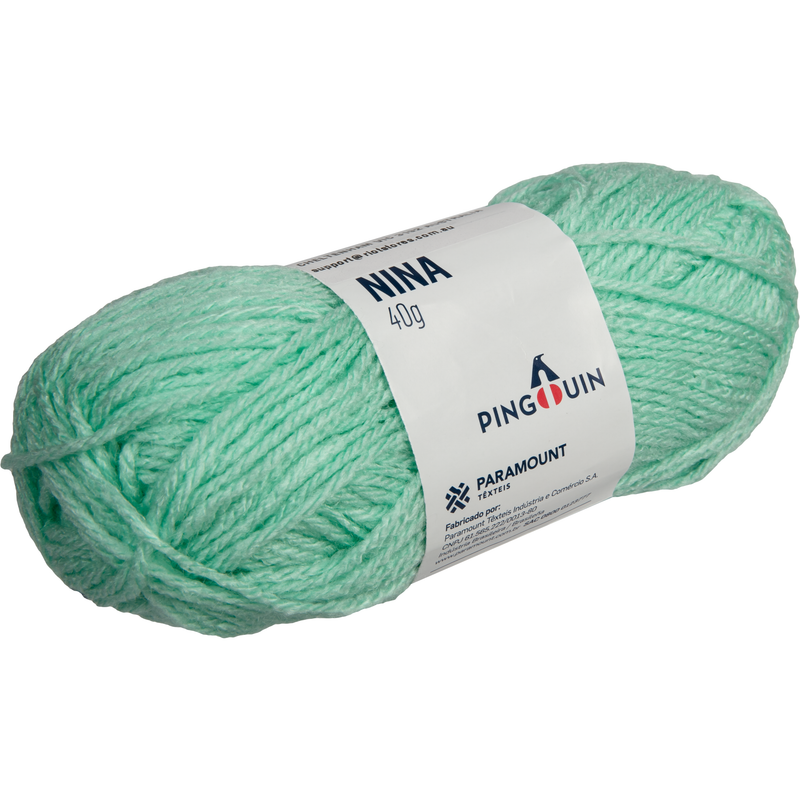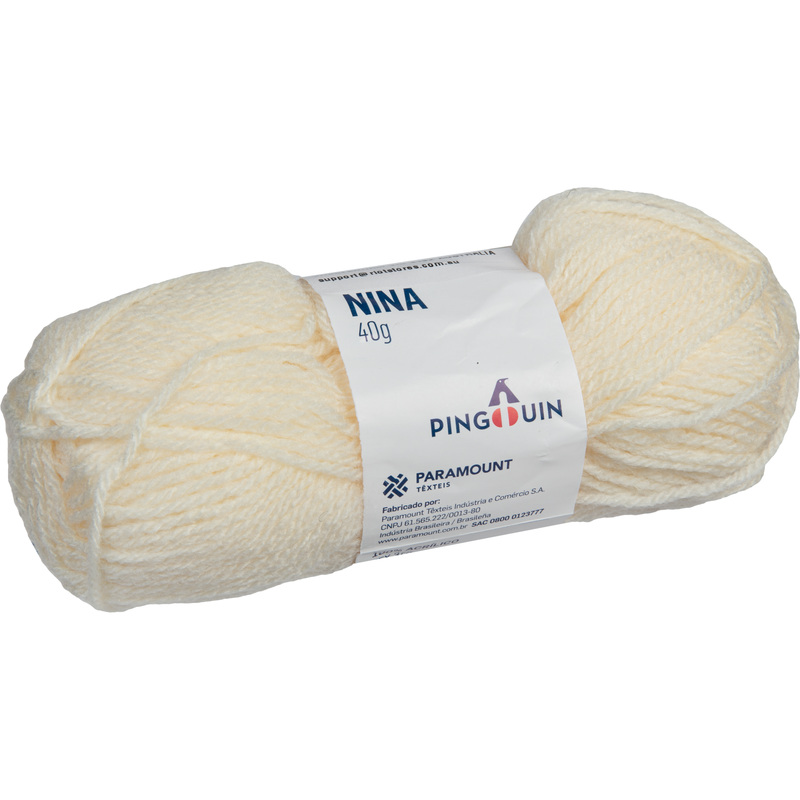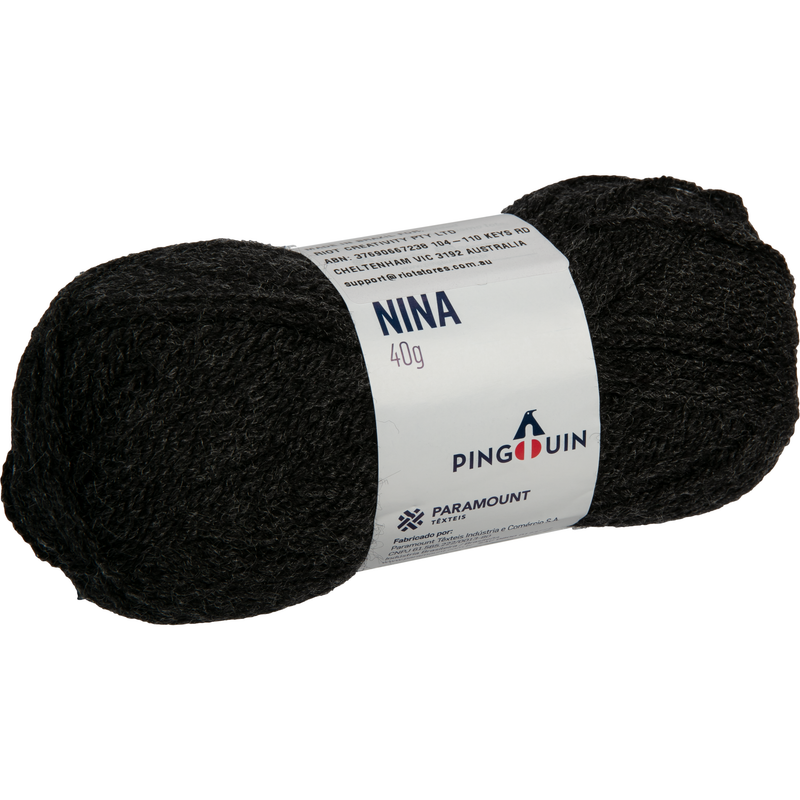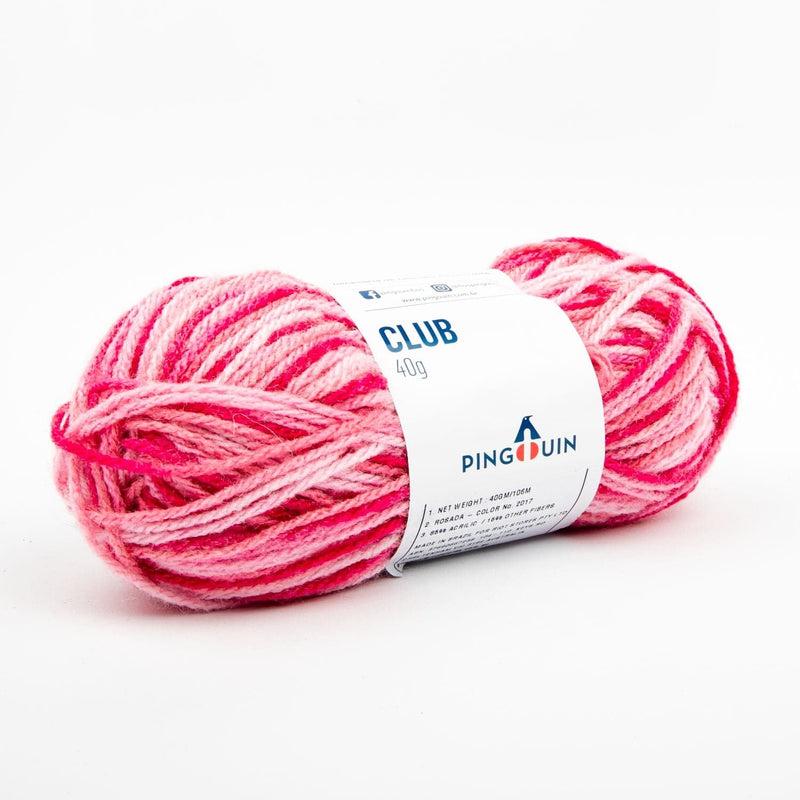Yarn(4)
Perfect for a variety of crafts, including knitting, crochet, and weaving, yarn comes in a range of different weights, colours, and materials to suit your needs. Check out our wide selection of yarn today to get started on your next project.
Buy Yarn Online in Australia
Crafting with yarn isn’t just a relaxing activity, it can also be quite rewarding, particularly when the result is a functional item such as a scarf, hat, or jumper. Keeping your hands and mind busy, activities such as knitting, weaving, crochet, macramé, and needlepoint are an excellent way of passing the time.
But with so many different types of yarn available, it can be difficult to recognise which yarn is best for getting the most out of your crafting experience. Here are some of things you should know before buying yarn online.
What are the different types of yarn?
Yarn can be made from a wide variety of natural and synthetic fibres. Before buying yarn for your next project, it’s important to be aware of the different properties of each type of fibre. Some fibres, for example, are more breathable or easier to wash, while others can be more difficult for a beginner to work with.
Here are some of the most common types of yarn that you will likely come across:
Cotton Yarn
Light, breathable, and sturdy, cotton comes from the cotton plant and is ideal for summer knits, dishcloths, and other lighter creations. With less elasticity than wool, cotton can be a little harder to work with than other types of yarn. We recommend cotton yarn for more experienced crafters.
Recycled Cotton Yarn
Requiring a lot of resources to grow, conventional cotton production can be a wasteful process that can impact the environment. But working with recycled cotton can help minimise the waste.
Also known as ‘reclaimed’ or ‘regenerated’ cotton, recycled cotton is typically made using discarded cotton yarn from clothing manufacturers, but can also be made from used garments, upholstery, and other household items. Not only does this help to reduce waste and energy consumption, it also gives used cotton a new lease on life while diverting clothes and other items from landfill.
Hoooked offer some fabulous recycled cotton yarns in a wide range of colours.
Wool Yarn
Collected from sheep, goats, and other animals, wool is an extremely warm and long-lasting material, making it particularly suited to winter garments such as jumpers and scarves.
Please note that many types of wool can leave people who suffer from allergies feeling itchy. However, Merino wool yarn, which is made from a specific breed of sheep, is exceptionally soft and doesn’t cause allergic reactions, making it a good option for people with sensitive skin. Merino wool yarn is a particularly popular choice for creating large, chunky items, including chunky-knit scarves and jumpers.
Acrylic Yarn
A human-made synthetic fibre, acrylic yarn is much cheaper than most natural fibres. This can make it a good option for beginner knitters looking to hone their skills. This yarn is easy to wash, long-lasting, and comes in a wide range of colours to suit any project.
Acrylic yarn isn’t quite as warm as wool, but it’s lighter in weight, hypoallergenic, and less prone to sunlight or moth damage.
Cotton-Acrylic Blend Yarn
The most popular cotton blend, cotton-acrylic gives you the benefits of cotton yarn, plus the lighter weight, extra stretch, and easy washability of acrylic yarn.
Bamboo Yarn
Often described as ‘vegan silk’, bamboo yarn has natural antibacterial properties, and is highly breathable, cool, and exceptionally soft, making it a great option for summer garments or socks. Bamboo yarn also features a fabulous drape that can achieve a remarkable effect in garments that need to hang from the body.
Smooth, soft, and richly coloured, the unique blend of Birch Bamboo/Wool Knitting Yarn gives you benefits of two high-quality natural fibres, and is a great starting point for working with bamboo.
Polyester
Durable, warm, easy to wash, and fast drying, polyester yarn features a similar elasticity to wool and is a popular alternative for people who are sensitive to animal fibres. This highly versatile fibre takes colour well and can be turned into a range of different styles of yarn.
You can even purchase polyester faux fur yarn, which is an excellent option for crafting soft and cosy throws, pillows, and toys.
Yarn Weights and What They’re Used For
Different yarn weights are suitable for different activities and projects. It’s important to pay attention to the weight of the yarn you’re purchasing to make sure it’s suitable for the effect you’re trying to achieve.
Below we’ve included a list of yarn weights and the kinds of projects they’re best for:
- Lace (1-3 ply): Lace knitting and crochet
- Super fine (4 ply): Socks
- Fine (5 ply): Light sweaters, baby clothing and accessories
- Light/DK (8 ply): Sweaters and lightweight scarves
- Medium/Worsted (10 ply): Sweaters, blankets, hats, scarves, and mittens
- Chunky (12 ply): Rugs, jumpers, and blankets
- Super Chunky (14 ply): Heavy rugs, blankets, and jumpers
- Jumbo (15 ply): Extreme knitting
What is the Best Yarn to Buy?
Most skeins of yarn come with a label that gives you all the information you need to know about it. This can help you to choose the best yarn to buy for your needs. Here’s a quick overview of what information you may find on the label:
-
Weight: How much the ball or skein weighs in ounces or grams.
-
Length: This is the total length of the ball or skein. This information is vital to deciding how many you need to purchase to complete a project.
-
Fibre content: This will tell you what the yarn is made from, including percentages for fibre blends.
-
Weight: This tells you the thickness of the yarn. Please be aware that the system of measurement may vary depending on the country it came from.
-
Gauge: Many skeins come with a recommended needle or hook size.
-
Colour: This can help you identify the colour of the skein. Note this down after purchasing your yarn in case you need to buy more.
-
Dye lot: Yarn is dyed in batches, and you will likely notice a slight variation in colour between those batches. That’s why many skeins come with a dye lot number in addition to the colour number. Try to select skeins from the same dye lot so that the colour of your project remains consistent all the way through.
- Washing: This shows you the care information for your chosen yarn. Some types of yarn, for example, should only be cold washed by hand, while others can safely be run through a warm machine cycle.
Now that you know how to read the label, the next step is to decide what type of yarn you should be buying. The best yarn to buy will depend on your skill level, as well as what you’re trying to achieve. For example, if you’re knitting a light sweater, a heavy woollen yarn may not be your best option.
If you’re a beginner, you may wish to start with a light-coloured, medium worsted weight yarn. The larger yarn will be easier to work with, while the lighter colour makes it easier to see your stitches.
Many beginners find wool to be easier to work with because it’s both stretchy and smooth. Fine cotton yarn and natural fibre yarns, on the other hand, are a lot less stretchy and can be more difficult to work with.
Knitting Tools for Beginners
No doubt you’ll get a feel for the tools you like to work with as you become more experienced. As a beginner, there are a few basic, must-have items to begin your first knitting project.
- Knitting yarn
- Knitting needles
- Scissors
- Sewing needle
- Crochet hooks
Crochet Tools for Beginner
The tools you need to start crocheting are similar to what you need for knitting. Here’s what we recommend all crochet beginners should start with:
- Crochet hooks
- Yarn
- Scissors
- Darning needle (tapestry needle)
- Tape measure
- Stitch markers
Weaving Tools for Beginner
Here are the essential tools you need to get started with weaving
- Loom
- Warp (cotton is a good option!)
- Weft (you can experiment with all kinds of materials here)
- Shuttles
- Comb
- Tapestry needle
- Shedding stick
- Pair of scissors
To make it easier (and cheaper) to get all the tools you need, you can purchase a weaving loom kit. A kit typically comes with a number of these beginner weaving tools already included in the pack.
How to Find Knitting and Crochet Patterns
There are so many options available to you for finding knitting and crochet patterns. Online, social networking websites are not only fabulous crafting communities, they can also offer an extensive database of free patterns.
If you’re a beginner, a great way of getting started is with a basic kit. Kits typically give you most of the materials you need, while providing straightforward instructions for completing a set project. This is a fabulous way of building up your confidence and skills until you’re ready to move onto something more complex
After all, the best way to learn it, is to do
We offer some excellent kits for beginners to get you started with your chosen craft:
